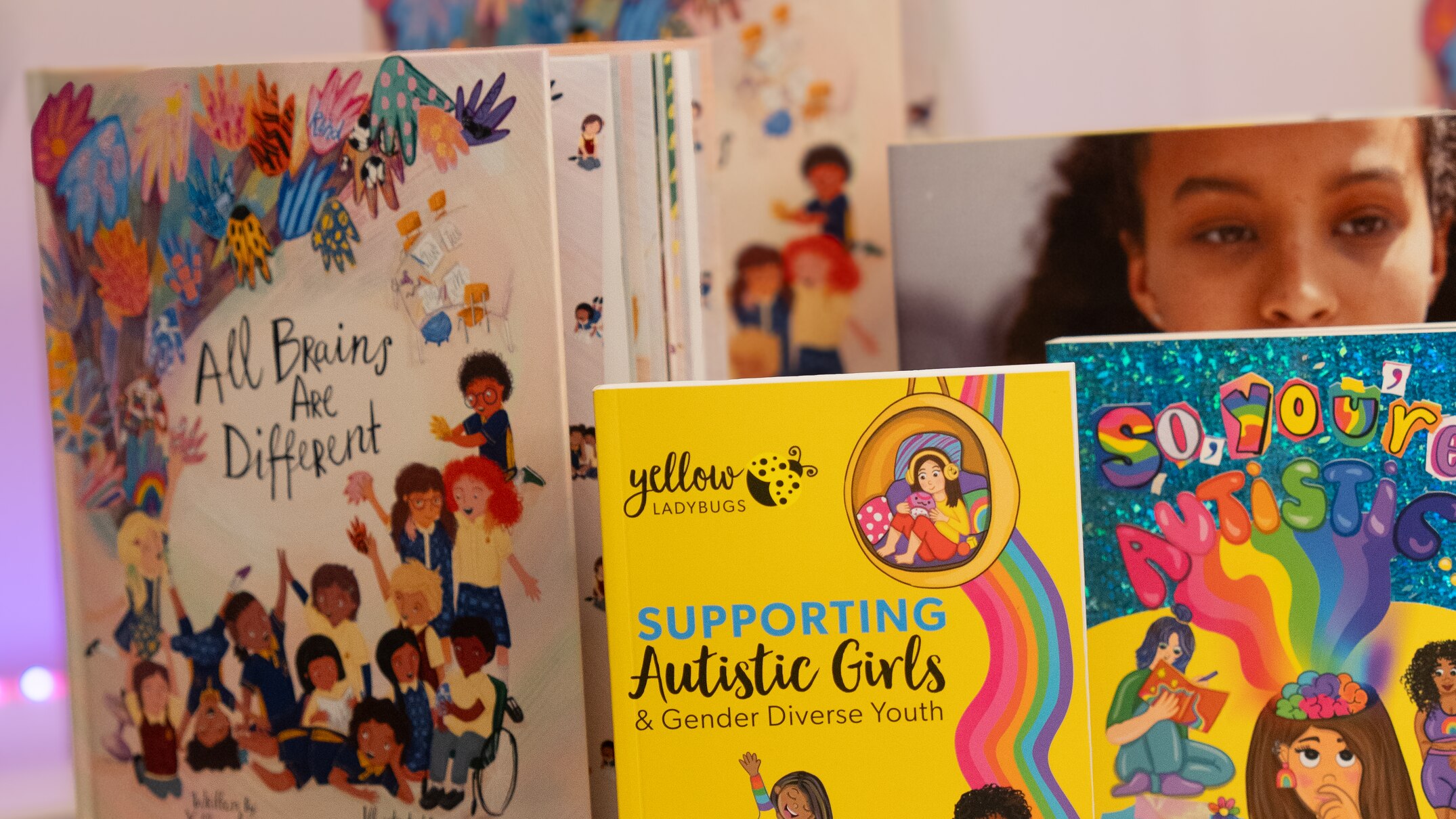Embracing Neurodivergence Through Storytelling
When my five-year-old daughter asked, “Mumma, what kind of brain do I have?” after her autism assessment, it was a moment that led to an important conversation. Her dad and I sat down with her to explain that she is autistic with ADHD — or, as we call it in our home, “magic brained.” This term helps us frame her differences in a positive light, focusing on the unique strengths that come with her neurodivergent identity.
Neurodivergence is more common than many people realize. In Australia, it’s estimated that between 15 and 20 per cent of the population is neurodivergent. That means there are millions of Australians living with conditions such as autism, ADHD, dyslexia, and others. Despite this, many people remain unaware of how these differences shape the way individuals think, learn, and interact with the world.
For parents of neurodivergent children, the journey often begins with a diagnosis. However, the information available during assessments typically focuses on challenges rather than the strengths that come with neurodivergence. This can make it difficult for children to develop a positive sense of self.
There are powerful tools that can help. Picture books, for instance, play a crucial role in shaping a child’s understanding of their identity. These stories not only provide comfort but also encourage acceptance and curiosity among peers. For younger children, books that explore neurodivergence can be especially impactful, offering a safe space to explore their experiences.
One recent example is All Brains Are Different, a picture book created by the autism charity Yellow Ladybugs. It joins other Australian titles like Bernie Thinks in Boxes by Jess Horn, The Rainbow Brain by Sandhya Menon, and Love Me, Love My ADHD by Chrissie Davies. These books aim to normalize neurodivergence and promote understanding from an early age.
According to clinical psychologist Professor Adam Guastella, picture books can be a powerful tool for education. When read by neurotypical children, they help foster empathy and acceptance. “If picture books can increase education to children about what it means to have different brains, it encourages a more inclusive and accepting schoolyard,” he says.
However, the challenge lies in how systems approach neurodivergence. Often, the focus is on a child’s deficits, which can reinforce a negative self-image. Professor Guastella emphasizes the importance of recognizing both strengths and challenges. “There’s no reason why we shouldn’t have a narrative that includes both and is also truly reflective of the reality of the situation for each child,” he explains.
Katie Koullas, CEO of Yellow Ladybugs and co-author of All Brains Are Different, hopes the book will help neurodivergent children feel seen and celebrated. “We’re trying to change that script and say, ‘Actually, there’s a world that we can create that will celebrate all difference.’” She believes that early exposure to positive narratives can shift societal attitudes and reduce stigma.
Representation is also key in fostering empathy. Dr. Lilly Brown, CEO of Magabala Books, highlights the importance of diverse voices in storytelling. “So much of the negative and inaccurate representation is really based on the dehumanisation of First Nations people,” she says. While Magabala doesn’t currently publish books on neurodivergence, she notes that as more Indigenous creators explore intersectionality, this may change.
Picture books benefit not just children but also parents. Jo Pentony, Victorian president of the Children’s Book Council of Australia, says these stories help families accept and acknowledge diagnoses. “The picture book, just like the conversation, does mean the more it’s talked about, the more it’s normalised,” she adds.
For many Australian families, books that reflect their experiences are essential. They allow children to see themselves in familiar settings, reinforcing a sense of belonging. As my daughter reaches for these stories after a tough day, she finds comfort in knowing that others understand her feelings.
Through storytelling, we can build a more inclusive future where neurodivergence is not just accepted, but celebrated.






